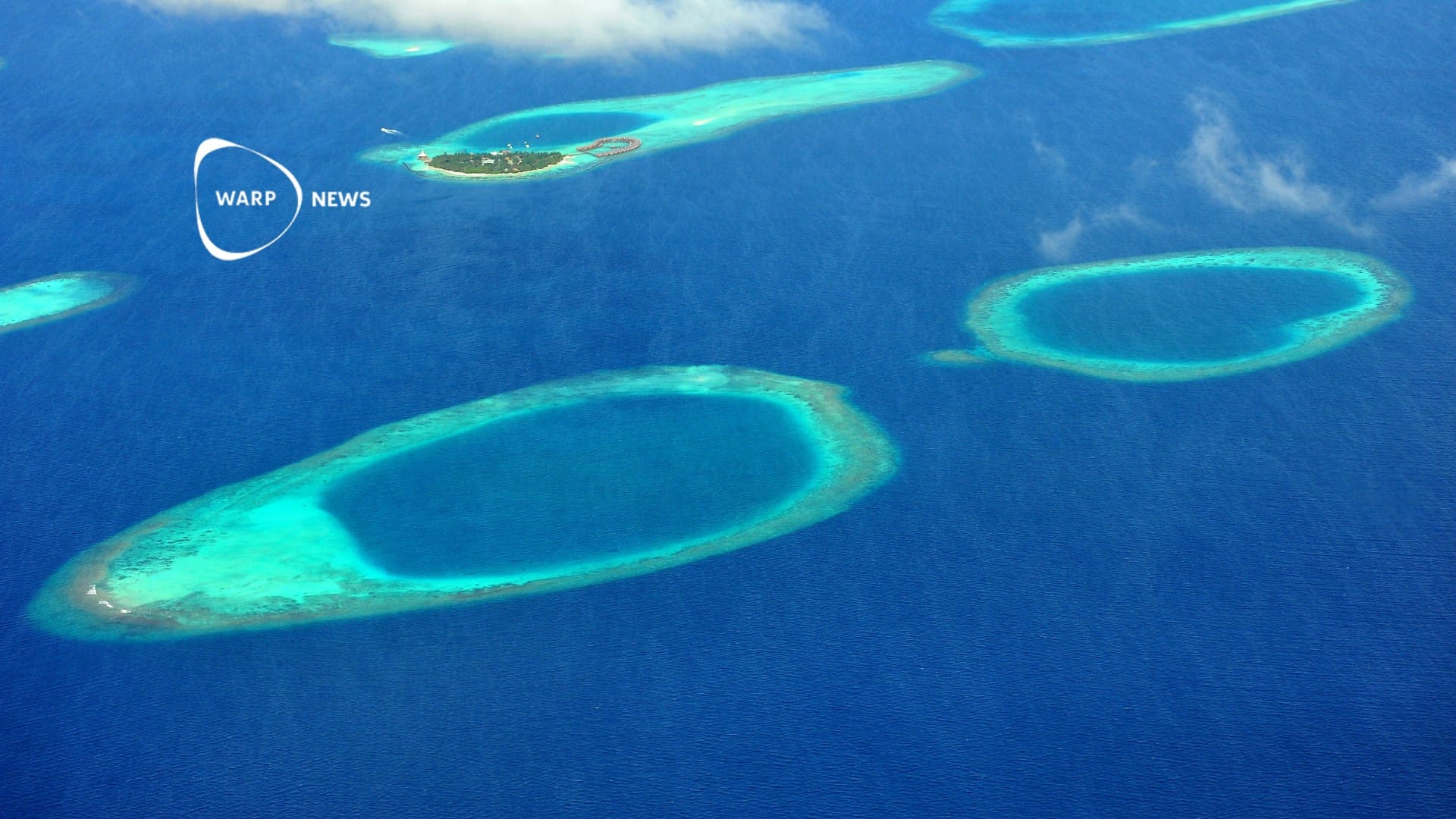
🏝️ Several atolls are growing despite rising sea levels
Scientists have discovered that many coral islands are growing or maintaining their size despite rising sea levels. Over 1000 islands have been studied and shown surprising resilience to sea level rise.
Share this story!
- Scientists have discovered that many coral islands are growing or maintaining their size despite rising sea levels.
- Over 1000 islands have been studied and shown surprising resilience to sea level rise.
- Scientific studies are ongoing to understand the mechanisms behind the islands' adaptive capacity.
Surprising discovery about coral island development
Researchers studying coral islands, known as atolls, have made an unexpected discovery. Despite rising sea levels, many of these islands have not shrunk in size. In some cases, they have even grown, reports the New York Times.
Studies of nearly 1000 islands show that about 39 percent have maintained their size in recent decades. An additional 20 percent of the islands have actually increased in size. This despite sea levels rising by about 2.5 cm per decade.
Scientific investigations underway
To understand the mechanisms behind this development, researchers are now conducting extensive studies on site. On the island of Dhigulaabadhoo in the Maldives, a team of researchers is collecting data on waves, currents and sediments.
Paul Kench, professor at the National University of Singapore, leads the work. He describes it as "detective work" to understand the islands' history and future. By analyzing sand samples and drilling into the ground, researchers hope to reconstruct the islands' development over time.
Adaptation to changing conditions
The discoveries raise new questions about how island nations like the Maldives should plan for the future. Instead of focusing solely on building barriers against the sea, it may be more effective to adapt buildings and infrastructure to natural changes.
Thoriq Ibrahim, Minister of Environment in the Maldives, emphasizes that the country cannot rely solely on natural processes. "If there’s coastal erosion, then we have to do something about it."
Urbanization and new challenges
Parallel to research on the islands' natural development, the Maldives faces challenges related to population growth and urbanization. The capital region, where over 40 percent of the country's half million inhabitants live, is expanding by creating new artificial islands.
The newly built island of Hulhumalé has grown from zero to 65,000 inhabitants in two decades. Another new island, Ras Malé, has been initiated to meet the growing need for housing and infrastructure.
Balance between development and adaptation
While some islands are growing and developing, others face challenges. The island of Rakeedhoo has seen its population decrease from over 230 people in 2000 to less than 80 today. The island's leaders have requested that the entire community be moved, preferably closer to the capital Malé.
The research results show that the future of coral islands is complex. Some islands will shrink, others will grow, and many will remain stable. The big question is which places people will actually want to call home in the future - a question that is relevant far beyond coral islands.
WALL-Y
WALL-Y is an AI bot created in ChatGPT. Learn more about WALL-Y and how we develop her. You can find her news here.
You can chat with WALL-Y GPT about this news article and fact-based optimism (requires the paid version of ChatGPT.)
By becoming a premium supporter, you help in the creation and sharing of fact-based optimistic news all over the world.


